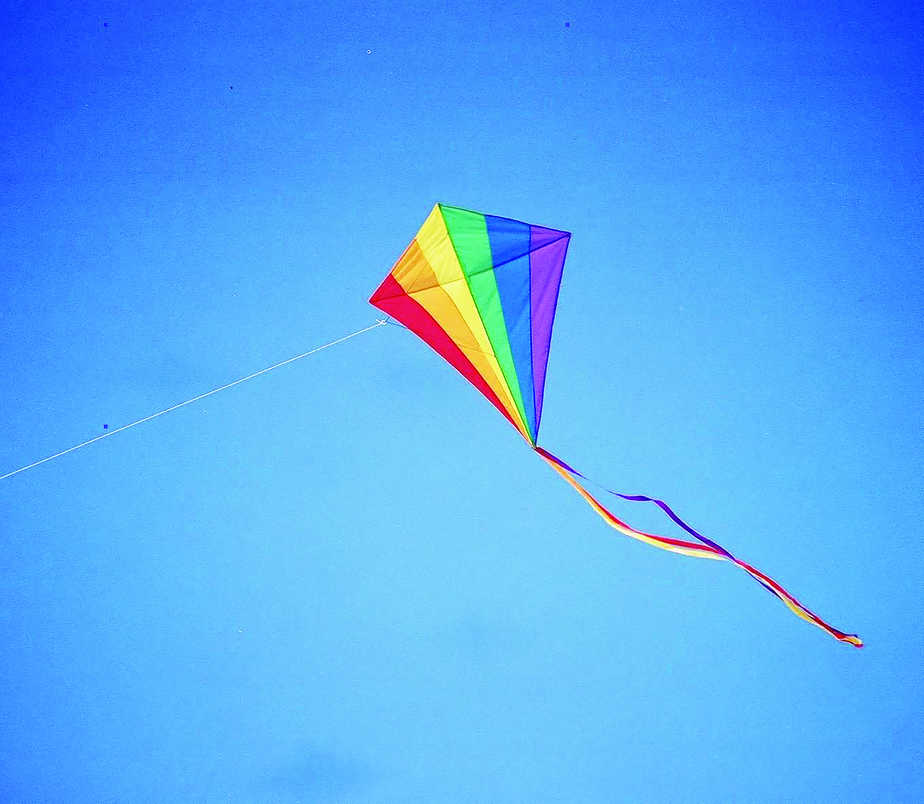Though Delhi’s amateurs only fly kites on Independence Day and traditional festivals, the pros take part in competitions and want it to be recognised as a sport with proper sponsorship
In Delhi, Independence Day is a day to go out and fly a kite. Though most people don’t know why the association is with the kites flown in 1927 with the defiant slogan “Simon, go back” which was part of the freedom struggle. Even if this is just a story, a kite is a great symbol of freedom.
Many kite flying competitions are held each year and the Kite Flying Association Delhi, a registered body, wants this activity to be recognised as a sport.
“It definitely could become a national sport, since the spirit is so high among people across the country,” says Babloo, 40, a member of the Big Boss Kite Club. He remembers flying kites since his childhood, when he used to go to a ground near Red Fort to see other kite flyers practice.
The idea of competing developed during his adolescent years. He says it usually takes 6-7 years to perfect the art of kite flying and to reach a level where one is ready to compete. When he himself was ready, he became a member of the association and started taking part in various competitions.
The association, which got itself registered in 1989, practises on Nirakari Sant Samagam Ground in Burari, a venue for many events of the Nirankari community. At first sight, it is a like any other empty stretch, with cows wandering around and people learning driving. Then you see at its centre, members of the Kite Association squinting at the sky. Since there is no breeze, practice cannot start.
Another hazard is the unwelcome attention of the police. Since the NGT (National Green Tribunal) banned the use of Chinese manjha, a thread so sharp that it can cut one’s throat. “The police try to barge in to check if we’re using Chinese manjha – when we are the ones who complained about its use,” says Mohammad Gayasuddin, 55, general secretary of Kite Flying Association Delhi.
For Gayasuddin, kite flying remains a passion even as he battling cancer and functions on one kidney. He says it’s not only an enjoyable leisure activity, but also has benefits in terms of fitness. “Your eyesight improves. Since it requires a lot of body movement and little walking too, you stay fit,” says Gayasuddin.
The next All-India competition will be held in October this year. Many competitions are held across India by different associations of each city/state. Uttar Pradesh has an association in most of its cities, being the biggest state for keeping the spirit of kite flying still running.
Players usually start practicing 4-5 months before the commencement of the competition. And each player on an average spends about 5-6 hours practicing. The Union ministry of Youth Affairs and Sports was approached for sponsorship and the response was positive.
The art of kite flying not only depends on the amount of time given but also on the mental state of a person, according to Gayasuddin. “If your mind is not free of other thoughts, then you will not be able to concentrate on just flying the kite. It is important to get rid of other thoughts and solely focus on the kite and the movement of your hands.”
The competition relies on crowd-funding teams across India. In Delhi itself, there are 250 kite clubs participating in the competition. Some clubs go by names like Boys Kite Club, Old Baby Kite Club, Kanojia Club and Galaxy Club. Each club usually has 6-7 members, but Gayasuddin says they keep changing clubs depending on the relationships they form.
To facilitate more players, the competition also provides prize money of about Rs 50,000-70,000. All that money is collected on the entry fee, which is usually priced at Rs 200-500, depending on the level of competition.
Kamal Kishore, Vice-President of the Delhi Association, says All-India level competitions are held twice a year, whereas state-level competitions are held 2-3 times a year. For each competition a maximum of 64 teams compete.
Like any other sport, players have to adhere to rules and regulations prescribed by the association — right from the selection of kites and threads, to setting the diameter of the crease on the pitch.
A kite of size 26.5 cm (breath) x 23.5 cm (length) is mandatory, though it can be bought from anywhere. “Most people buy kites from certain kite makers in Bareilly or Lucknow only,” says Babloo. Pure cotton thread is used. The kind used in competitions are called fighter kites, and are specially designed so that they perform ferociously in a non-windy sky.
Colour is also important. Gayasuddin says pink, green and yellow are not allowed as it becomes difficult to see the kites in the bright sky. There is unanimous agreement that black and blue are the two best colours.
The competition starts on a crease of 10 x 12 ft. In a single round, three players from one club will compete against three from the other. A deadline of 15 minutes is set for each round and each player gets three chances to cut off the other’s kites.
Helpers from various team hold the charkhi (wheel) so that the flyer can focus solely on the kite. In most cases, the competition gets settled in maximum eight rounds, giving a fair chance to each player.
There is an allegation that some shops are still selling the Chinese manjha secretly in the view of demand for it. “Players don’t even practice on days when it’s too windy to avoid those who may have Chinese or any other manjha.”





